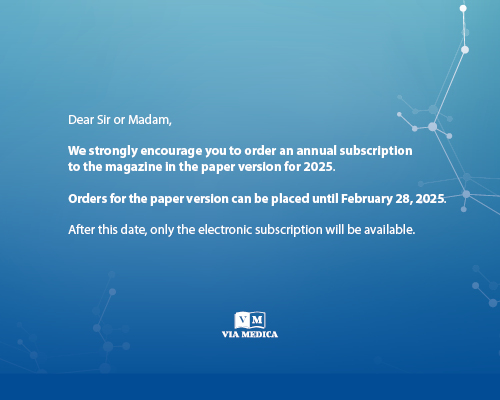Associations of fractional pulse pressure to aortic stiffness and their impact on diastolic function and coronary flow reserve in asymptomatic diabetic patients with normal coronary angiography
Abstract
Background: We aimed to assess the relation of fractional pulse pressure (PPf) to aortic stiffness index and their impact on coronary fl ow reserve (CFR) and left ventricular diastolic function in asymptomatic diabetic patients.
Methods: One hundred and thirty five consecutive asymptomatic diabetic patients (aged 48.8 ± 7.84 years), were included. CFR was calculated noninvasively using transthoracic echo-Doppler assessment with hyperemia induced by infusion of dipyridamole at a rate of 0.56 mg/kg over 4 min. PPf was calculated as pulse pressure divided by mean arterial pressure (SBP – DBP/MAP), while diastolic function was evaluated by means of transmitral flow and tissue Doppler imaging. Aortic stiffness indices (ASI) were measured as previously described.
Results: Diabetic patients with low CFR (n = 52) compared with those with normal CFR (n = 83) exhibited signifi cantly increased PPf (75.2 ± 11.4 vs. 64.5 ± 6.7, p < 0.001). PPf was significantly correlated with ASI (r = 0.520, p < 0.001), E/Em ratio (r = 0.425,p < 0.001) and left atrial volume index (r = 0.462, p < 0.001). CFR was negatively correlated with both PPf (r = –0.68, p < 0.0001). After applying multivariate linear regression analysis,after correction for cardiovascular risk factors, importantly, PPf and ASI remained significant predictors of CFR (p < 0.0001 and p < 0.001, respectively).
Conclusions: PPf was significantly correlated to ASI in asymptomatic diabetic patients. Likewise, increased PPf was associated with impaired CFR and subclinical diastolic dysfunction in diabetic patients. PPf could be utilized as a simple non-invasive predictor of occult atherosclerosis and diastolic dysfunction in diabetic patients.
Keywords: pulse pressurediabetes mellitusdiastolic functioncoronary flow



